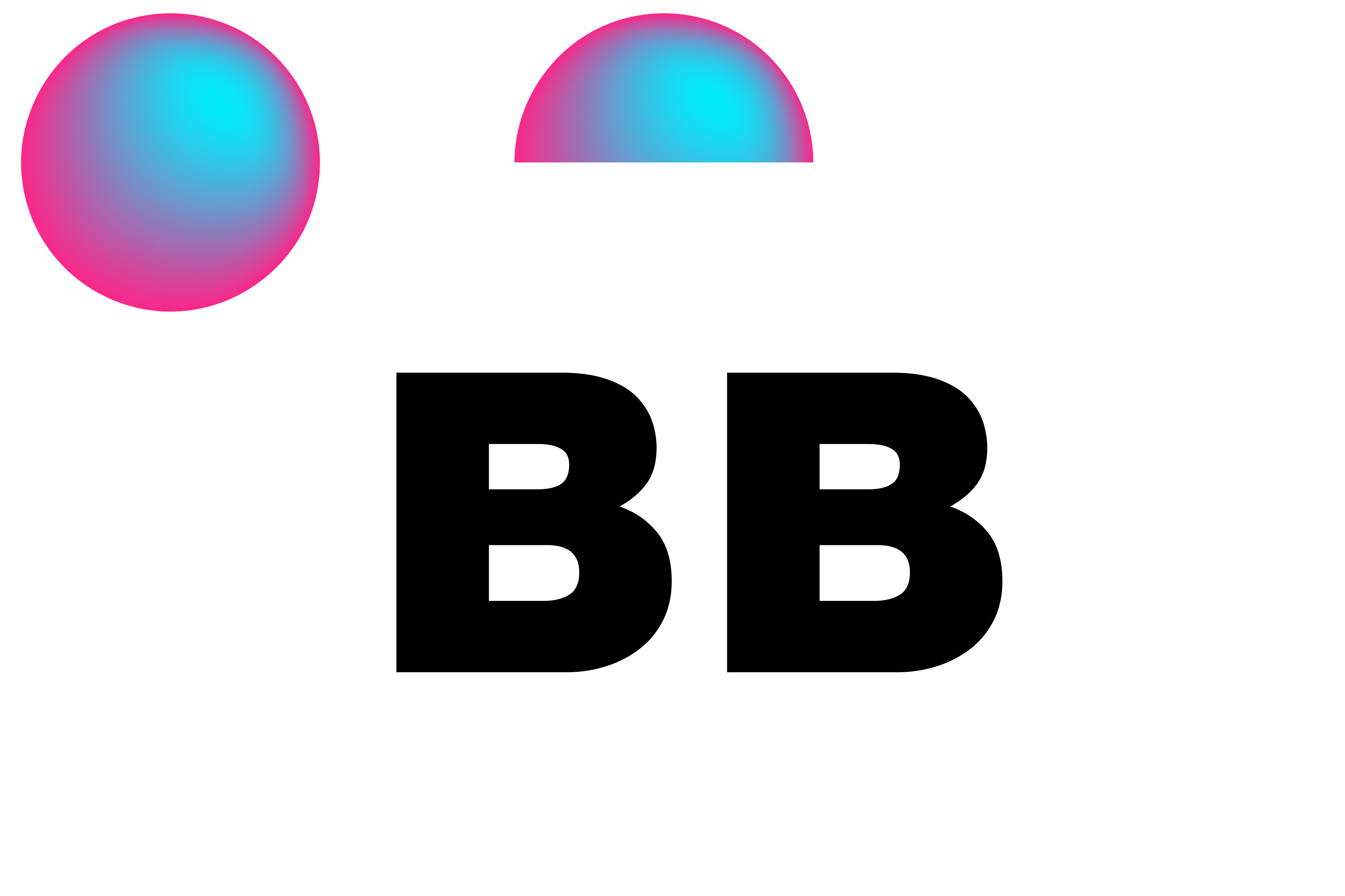The Problem With Later
Hello friends.
I hope the week has treated you well. Mine has been a bit of a tangle — productive, yes, but also instructive in ways I hadn’t anticipated. You know those moments when you only realize you’ve made a strategic misstep after you’re already a good way down the path? Not catastrophic, not irreparable, just one of those quietly frustrating realizations that tap you on the shoulder once you’re deep enough into the work that it actually matters. That’s where I found myself this week.
As I’ve been working through designing my characters for Martian Alchemist, there’s been this subtle tension in my workflow. From the outset, I had some hesitation about drawing side profiles. It wasn’t outright avoidance — let’s not call it fear — but there was a definite hesitation. Side profiles, especially when you’re not yet sure whether you’ll want a full profile or a more forgiving three-quarter view, can feel like a commitment you don’t yet have the information to make. So, I made what felt like a reasonable, tactical decision at the time: start with the front-facing profiles. Get the core character shapes and vibes down, and once I felt more certain about the side views, I’d loop back.
Five characters in, and I now recognize this as a small but significant strategic error.
The issue isn’t so much that I chose to begin with the front views — in isolation, that’s fine. The problem is that I isolated them entirely. I treated the front profile as a standalone task, with the vague plan of “adding the sides later.” But in doing so, I unintentionally created a separation in my process that has come back to bite me.
For starters, and most immediately irritating, I didn’t preserve my original color choices. Somewhere between the flow state of designing and the quiet chaos of experimentation, I let go of the discipline of saving my palette as I went. I had been picking colors organically, in the moment, trusting my eye and intuition, which works beautifully until you have to reproduce those same choices consistently across multiple views. I told myself I could just color-match later from the finished front profile, and to a degree, that’s true — but because my characters have blends and gradients in their design, color picking off an existing piece is unreliable. What looks like a solid tone is actually the product of subtle transitions, and trying to recreate that without the original swatches is, frankly, a pain.
But that’s only half the story. The larger, more structural mistake is that I didn’t build with rigging in mind from the beginning. And this, I think, is where the deeper lesson lives.
If you’ve ever done any kind of animation setup, you know that rigging isn’t something you can casually retrofit. Sure, you can hack it together after the fact, but you’ll feel every shortcut, every compromise, every missed opportunity for clean separation and logical layering. When I was drawing my front-facing profiles, I wasn’t thinking about how these parts would need to move independently later. I drew them as cohesive illustrations, not as modular assets. So now, as I turn toward creating the side profiles and preparing for animation, I find myself needing to redraw or awkwardly separate sections that should have been cleanly defined from the start.
In hindsight, the solution is almost embarrassingly obvious: I should have created both the front and side profiles on the same canvas, concurrently. Not sequentially. This would have forced me to make decisions early about consistency in proportions, design language, and — critically — the construction of each body part as an individual, animatable piece. It would have kept me honest about color management because I’d have needed to maintain a shared palette across views. And it would have front-loaded the hard thinking about rigging, instead of deferring it to some nebulous future step.
This experience has crystallized something for me about the relationship between hesitation and workflow design. When you’re feeling uncertain about a particular element of a project — whether it’s a technical challenge, a stylistic decision, or even just an uncomfortable skill gap — it’s easy to push it aside and focus on the parts that feel safer. The work still feels productive, so you tell yourself you’re making progress (and you are, in a sense). But the danger is that by postponing the uncomfortable parts, you often build a foundation that makes addressing them later even harder.
The more elegant approach, I now see, is to pull the discomfort forward. Don’t let uncertainty linger at the periphery; bring it into the center of your process as early as possible. Integrate it. Force it to coexist with the parts you feel confident about. In my case, had I tackled the side views alongside the front profiles, I would have confronted my hesitation head-on. I would have been forced to make decisions earlier, and those decisions would have made the entire process smoother downstream.
So, lesson learned — and shared, in case you find yourself in a similar situation. When you feel that quiet tug of avoidance, that internal nudge to leave something for later, recognize it for what it is. It’s not just procrastination; it’s a signpost pointing toward a structural weakness in your workflow. Deal with it early. Integrate the difficult parts at the beginning, not the end. Your future self (and your future rigging process) will thank you.
Onward.
